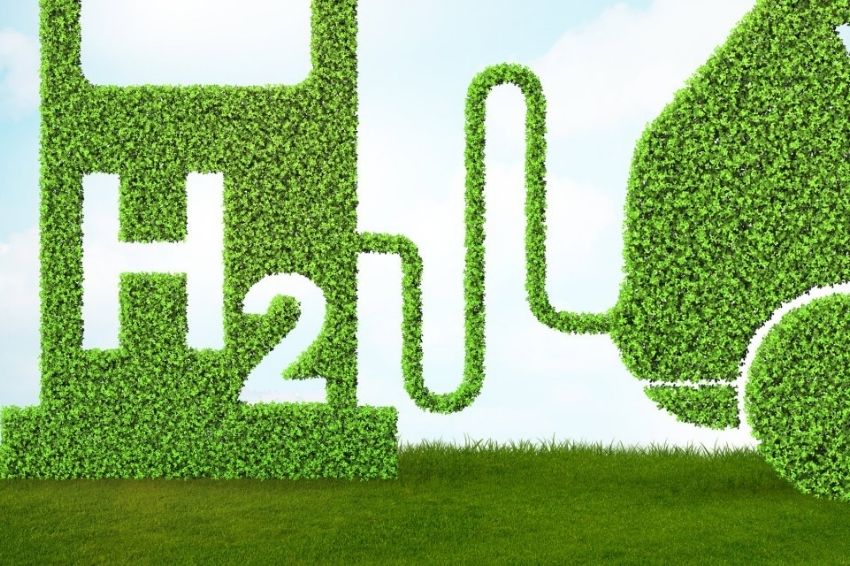BNEF (BloombergNEF) announced a new perspective on the H2V (green hydrogen) market, which contains discoveries for producers, consumers, investors and governments.
According to the research, almost everything is expected to double this year in the world of H2V, from electrolyzer installations – a device that produces hydrogen using water and electricity – to the number of countries that are creating strategies using this clean technology.
Electrolyzer shipments, for example, are expected to double in 2021 and quadruple in 2022, reaching at least 1.8 GW – with China expected to account for 60-63% of global installations. By 2030, the numbers could exceed 40 GW.
“We expect this growth to continue in the coming months. More than 40 countries have already published a hydrogen strategy or are developing one,” commented Martin Tengler, lead hydrogen analyst at BloombergNEF.
Read more: Green hydrogen could compete with fossil fuels by 2030
“What is happening in the Asian country now is revolutionary for H2V. Companies are racing to show their compliance with the country's carbon neutrality goal, pushing the electrolyzer market to be at least nine times larger in 2022 than in 2020”, he highlighted.
Net-zero emissions targets are driving H2V deployment in Europe as well. In this case, the increase in the price of CO₂ is encouraging industrial companies to explore this technology.
“The world is entering the third wave of hydrogen energy use. Unlike the other two, more focused on automotive use, this one covers numerous industrial sectors, which need to decarbonize their products and means of production”, said Ennio Peres, coordinator of the Hydrogen Laboratory and researcher at NIPE (Interdisciplinary Center for Energy Planning) from Unicamp (State University of Campinas).
Therefore, in the expert's view, even if batteries manage to overcome technical deficiencies – excessive charging time and low autonomy, at acceptable costs – hydrogen will play a fundamental role in the chemical sector (ammonia and green methanol, etc.), steel ( green steel), electricity generation and storage and many others.
“But H2 has to be produced sustainably, without significant emissions of greenhouse gases, that is, it has to be so-called green hydrogen, obtained from renewable energy sources, mainly solar photovoltaic and wind. These two, which are expanding rapidly around the world, should provide, at least at peak production times, electricity at low costs, which will enable the generation of hydrogen through water electrolysis at prices much lower than current prices (on the order of one dollar). per kilo)”, he reported.
“Therefore, water electrolyzers have become fundamental equipment for this strategy, and have been receiving attention around the world. Its large-scale production will have an effect on reducing its costs, which will contribute to reaching the expected price for H2V”, highlighted Peres.
According to him, we can currently see the positioning of large companies in the sector in this business, such as the recent acquisition of Hytron, a spin-off company from Unicamp, a national manufacturer of electrolyzers, by the German NEA, which produces compressors, necessary for storage systems. and use of hydrogen at high pressure. “Therefore, this is a strategic market, which is indeed expected to grow significantly in the coming years.”
More data
Another point highlighted by BNEF is that more than 90 projects are being planned around the world to use green hydrogen in industry. Electricity generators have almost doubled their planned capacity of turbines powered by this source since January this year.
Furthermore, the report predicts that 16 GW of electrolyzer manufacturing capacity will come online by 2024. This capacity will be more than enough to cover demand, leaving many factories underutilized and reducing prices.
Amid this expansion scenario, government funding is increasing, with US$11.4 billion per year available for low-carbon H2 projects between 2021-30, BloombergNEF pointed out.
For most countries, these subsidies total less than 0.1% of GDP, below what solar energy achieved in its early years, but still a considerable increase compared to a few years ago, according to the study.
Policies to boost H2V around the world
To sustain the momentum, more policies that encourage renewable hydrogen need to emerge. According to the report, few countries have established clear plans to drive a broad base of demand.
Read more: ENGIE signs agreement to accelerate adoption of green hydrogen in Brazil
“The future of hydrogen as an important source of clean energy is far from certain. Sustained, large-scale demand will need stronger incentives than what we are seeing now,” explained Martin Tengler.
“We need to see CO2 prices of at least US$100 per ton by 2030 to encourage H2V adoption. No country has this carbon price today and we predict that only three markets will reach this level before 2030: Canada, the EU and the United Kingdom”, concluded the BNEF analyst.
















